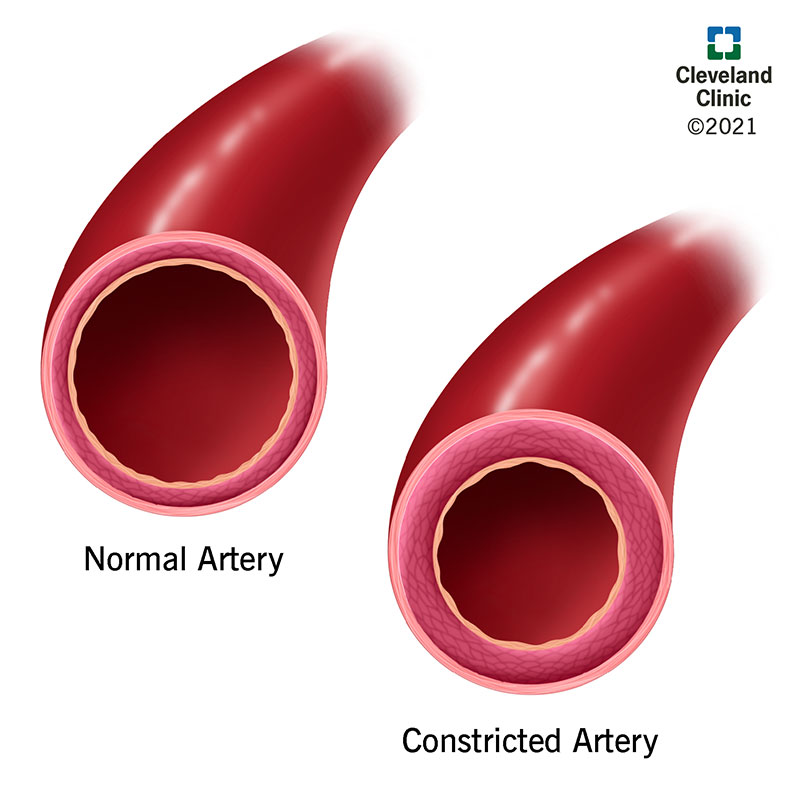What is the definition of glycogenolysis?
Convert amino acid to glucose
Break down glycogen to glucose
Convert glucose to amino acid
Convert fat to amino acid
The Correct Answer is B
Choice A: Convert Amino Acid to Glucose
The process of converting amino acids to glucose is known as gluconeogenesis. This metabolic pathway allows the body to produce glucose from non-carbohydrate sources, such as amino acids, during periods of fasting or intense exercise. While this process is crucial for maintaining blood glucose levels, it is not the definition of glycogenolysis.
Choice B: Break Down Glycogen to Glucose
Glycogenolysis is the biochemical process of breaking down glycogen into glucose. Glycogen, a stored form of glucose in the liver and muscle cells, is broken down to provide immediate energy and to maintain blood glucose levels during fasting or intense physical activity. This process is regulated by hormones such as glucagon and epinephrine, which activate enzymes that catalyze the breakdown of glycogen into glucose-1-phosphate and then into glucose-6-phosphate3. The glucose-6-phosphate can then be used in glycolysis to produce energy or released into the bloodstream to maintain blood glucose levels.
Choice C: Convert Glucose to Amino Acid
The conversion of glucose to amino acids is not a typical metabolic pathway. Instead, glucose is primarily used for energy production through glycolysis and the citric acid cycle. Amino acids are synthesized from intermediates of these pathways and other metabolic processes, but glucose itself is not directly converted into amino acids.
Choice D: Convert Fat to Amino Acid
The conversion of fats to amino acids is not a standard metabolic process. Fats are broken down into fatty acids and glycerol through lipolysis. Fatty acids can be further oxidized to produce energy, while glycerol can enter gluconeogenesis to produce glucose. Amino acids, on the other hand, are derived from dietary proteins or synthesized from other amino acids and metabolic intermediates.
Nursing Test Bank
Naxlex Comprehensive Predictor Exams
Related Questions
Correct Answer is A
Explanation
Choice A Reason:
Clinical trials to assess the teratogenic effects of medications during pregnancy are ethically challenging because they would involve exposing pregnant women and their fetuses to potential risks. The primary concern is the safety of the fetus, as many drugs can cross the placenta and potentially cause harm. Therefore, most of the data on teratogenic effects come from observational studies, case reports, and animal studies rather than controlled clinical trials.
Choice B Reason:
While the FDA has initiatives to improve the safety of medications during pregnancy, it is not accurate to say that a new study will allow testing of medications during pregnancy in the future. The ethical concerns surrounding the exposure of pregnant women to potential teratogens remain a significant barrier. Current efforts focus on improving post-marketing surveillance and encouraging the reporting of adverse effects to gather more data.
Choice C Reason:
Although some women may be reluctant to admit taking medications during pregnancy, this is not the primary reason for the lack of data on teratogenic effects. The main issue is the ethical and practical challenges of conducting clinical trials in pregnant women. Reluctance to report medication use can contribute to underreporting, but it is not the central factor.
Choice D Reason:
Recommending that pregnant women avoid medications is a general precaution, but it does not address the reason why more is not known about teratogenic effects. The avoidance of medications is advised to minimize potential risks, but the lack of data is primarily due to the ethical constraints of conducting clinical trials in this population.
Correct Answer is D
Explanation
Choice A: Minimal Effect on Vessels
A reduction in blood pH, which indicates acidosis, does not have a minimal effect on blood vessels. Acidosis can significantly impact vascular tone and function. Therefore, this choice is incorrect as it underestimates the physiological changes that occur in response to a decrease in pH.
Choice B: No Effect on Vessels
Similarly, stating that a reduction in blood pH has no effect on vessels is inaccurate. Blood pH is tightly regulated, and deviations from the normal range (7.35-7.45) can lead to significant physiological responses. Acidosis can alter vascular tone, making this choice incorrect.
Choice C: Vasodilation
While vasodilation can occur in response to certain conditions, a reduction in blood pH typically leads to vasoconstriction rather than vasodilation. Vasodilation is more commonly associated with an increase in blood pH (alkalosis) or other factors such as increased levels of nitric oxide or prostaglandins.
Choice D: Vasoconstriction
When the pH of blood reduces, indicating acidosis, it often leads to vasoconstriction. This response is mediated by chemoreceptors that detect changes in pH and stimulate the vasomotor center to increase vascular tone. Vasoconstriction helps to maintain blood pressure and ensure adequate perfusion of vital organs during acidosis. Therefore, this is the correct answer.

Whether you are a student looking to ace your exams or a practicing nurse seeking to enhance your expertise , our nursing education contents will empower you with the confidence and competence to make a difference in the lives of patients and become a respected leader in the healthcare field.
Visit Naxlex, invest in your future and unlock endless possibilities with our unparalleled nursing education contents today
Report Wrong Answer on the Current Question
Do you disagree with the answer? If yes, what is your expected answer? Explain.
Kindly be descriptive with the issue you are facing.
